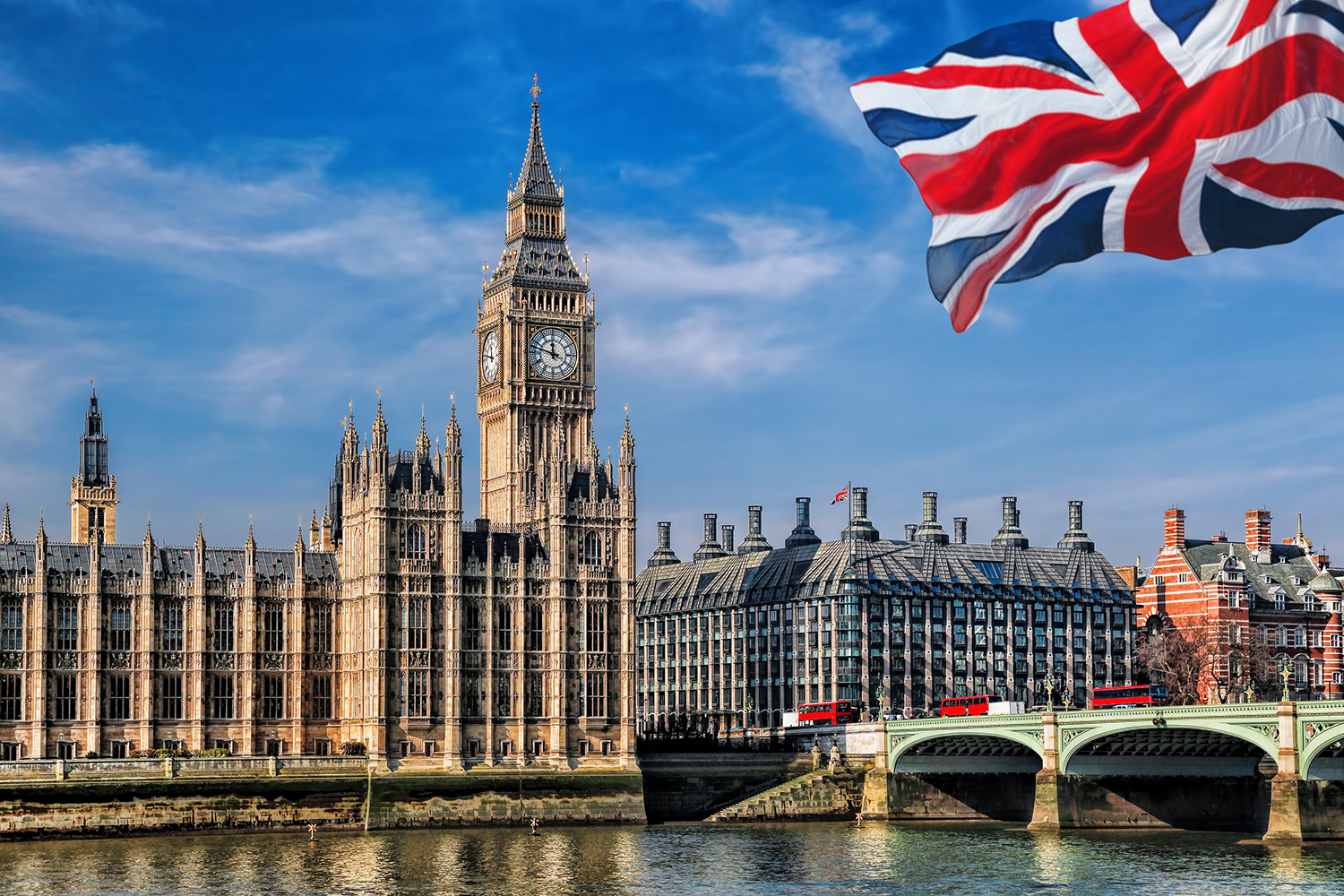It’s 2023, fifteen years since the financial crisis of 2008, an event which many considered was unlikely to be repeated. Yet here we are again, with queues of concerned customers standing outside a large failed financial US institution, demanding the return of their deposits. So just how concerned should we be?
What happened?
Silicon Valley Bank (SVB) has long been seen as a success story. In fact, for the period 2017 through the end of 2021, deposits at SVB quintupled from $44 billion to $220 billion by the end of March 2022. However, at the same time, the bank’s loan book only increased from $23 billion to $66 billion. A large portion of the remaining deposits were instead invested in mortgage-backed securities (MBS) and longer dated government bonds. Although these securities are considered to be safe from a credit risk point of view, the recent rise in interest rates pushed yields higher, and fixed income prices lower.
As can be expected during times of market instability, liquidity becomes king, and customers started to request their deposits back. This forced SVB to sell positions at significant losses. Their success also led to their failure: a quick outflow of deposits followed, and as news rapidly spread, it culminated in what is termed “a bank run”. This turned into an unstoppable run-away snowball. The more withdrawals there were, the more assets had to be sold, and the bigger the losses became.
Why did it happen?
No doubt the details will come out over the next weeks and months. However, it is already clear that there were huge failings by the bank’s risk management. One of the most basic rules of asset management is that you ensure you have enough liquidity to cover expected outgoings. In this case, it can be argued that this event was in some ways unexpected. However, given the recent interest rate environment, it beggar’s belief that significant levels of funds remained invested in long dated fixed-income securities. The Federal Reserve had been very vocal about its intention to rise interest rates, and this came as a surprise to nobody (with perhaps the exception of the SVB board!). As interest rate hikes became more likely, SVB should have diversified into shorter dated investments, and this mess would likely have been avoided.
What next?
President Biden has been very vocal on the subject, and quickly sought to reassure Americans about the security of the banking sector, including the promise that the US will do “whatever is needed” to shore up banks. Regulators have since announced that all depositors will be fully guaranteed. This had the desired effect on capital markets, with the S&P closing down only 0.15%, as compared to the 1.85% and 1.45% drops on Thursday and Friday of last week.
It is clear that there now needs to be another overhaul of the banking regulatory system to ensure such events can be mitigated in the future.
Conclusion
For the moment, we do not believe there is a risk of wider contagion. This is likely not a repeat of 2008, and investors should remain diligent but calm. The rapid response from the US administration has steadied markets, and volatility has subsided. The remaining point of concern is how many other banks have similar issues with their balance sheets? This is likely to be uncovered rapidly, but we believe the risk is largely restricted to the US.
One clear learning point for high net worth individuals is the importance of having your assets diversified (both from a multi-bank and asset class point of view) as much as possible within a strong and stable banking environment. If you would like to know more about how Edwards Wealth Management can assist with this, please feel free to drop us a line.
We continue to keep a close eye on developments.
Robert Edwards, Managing Partner





